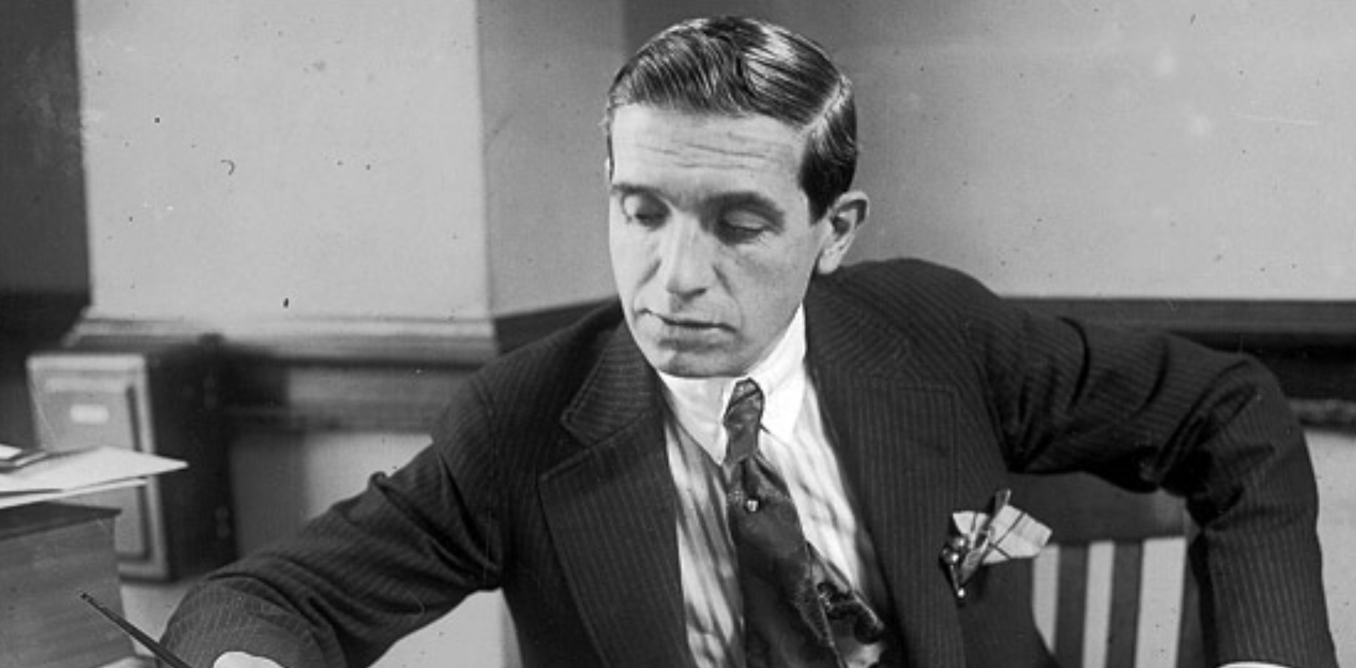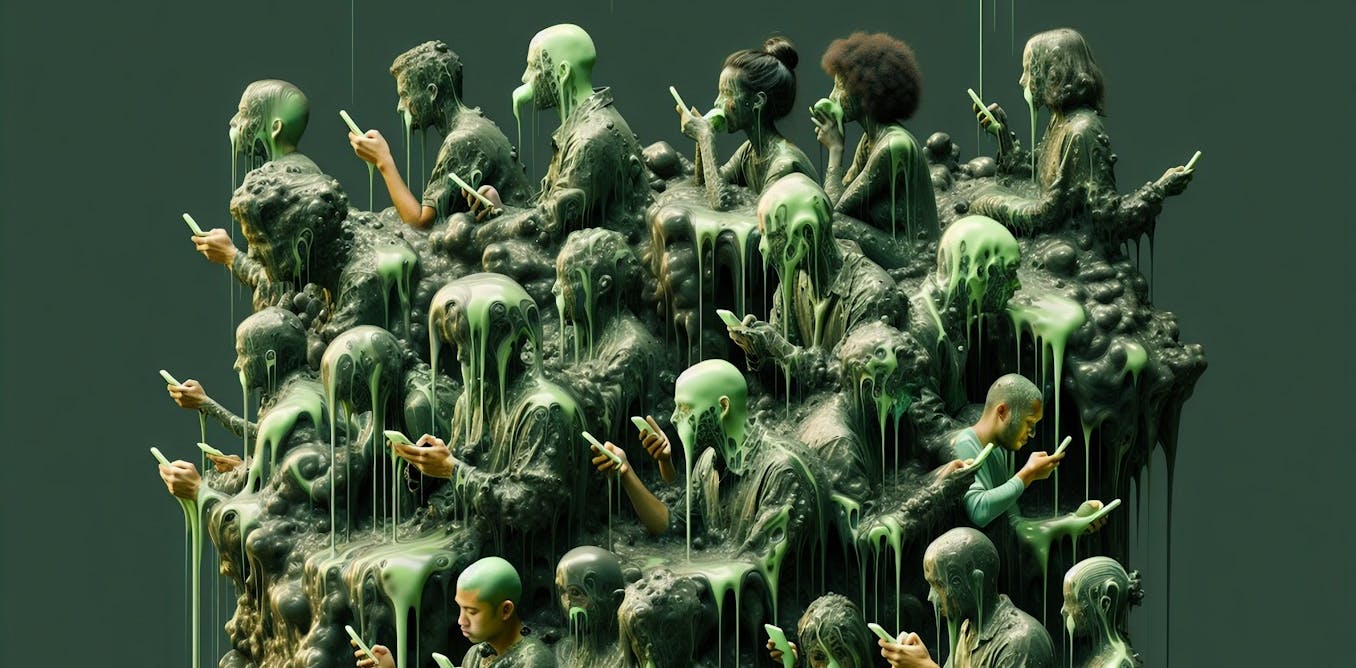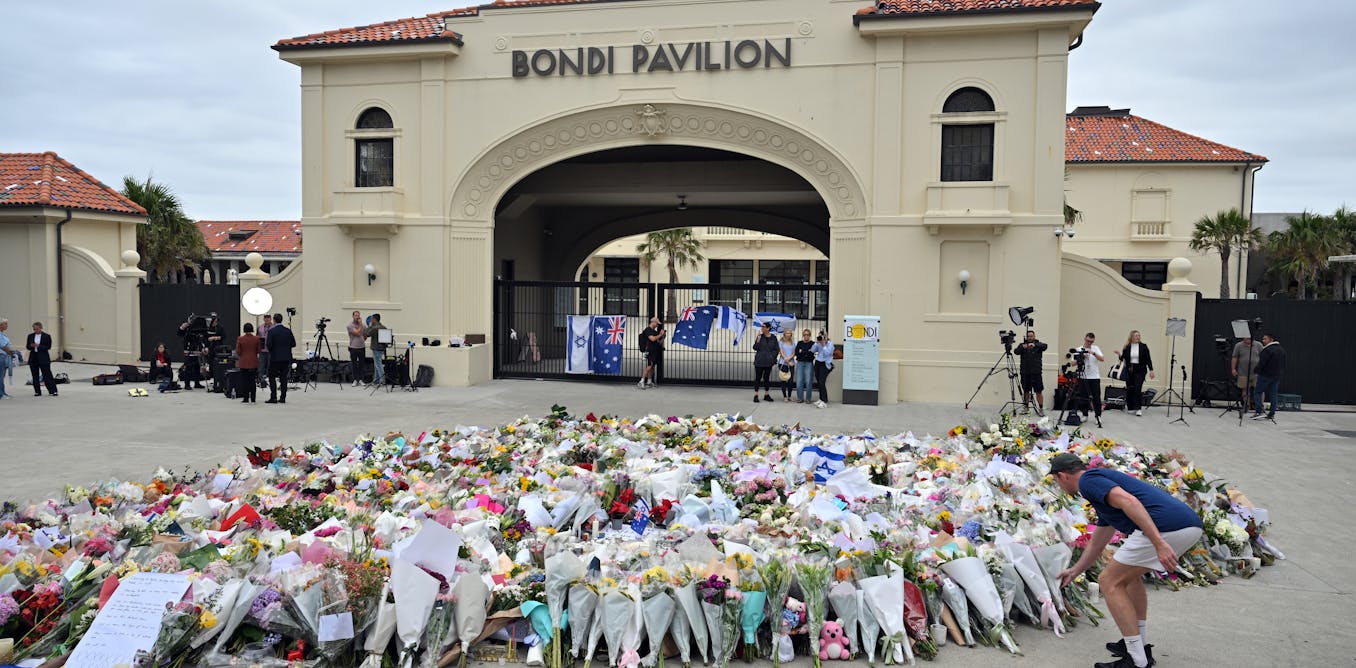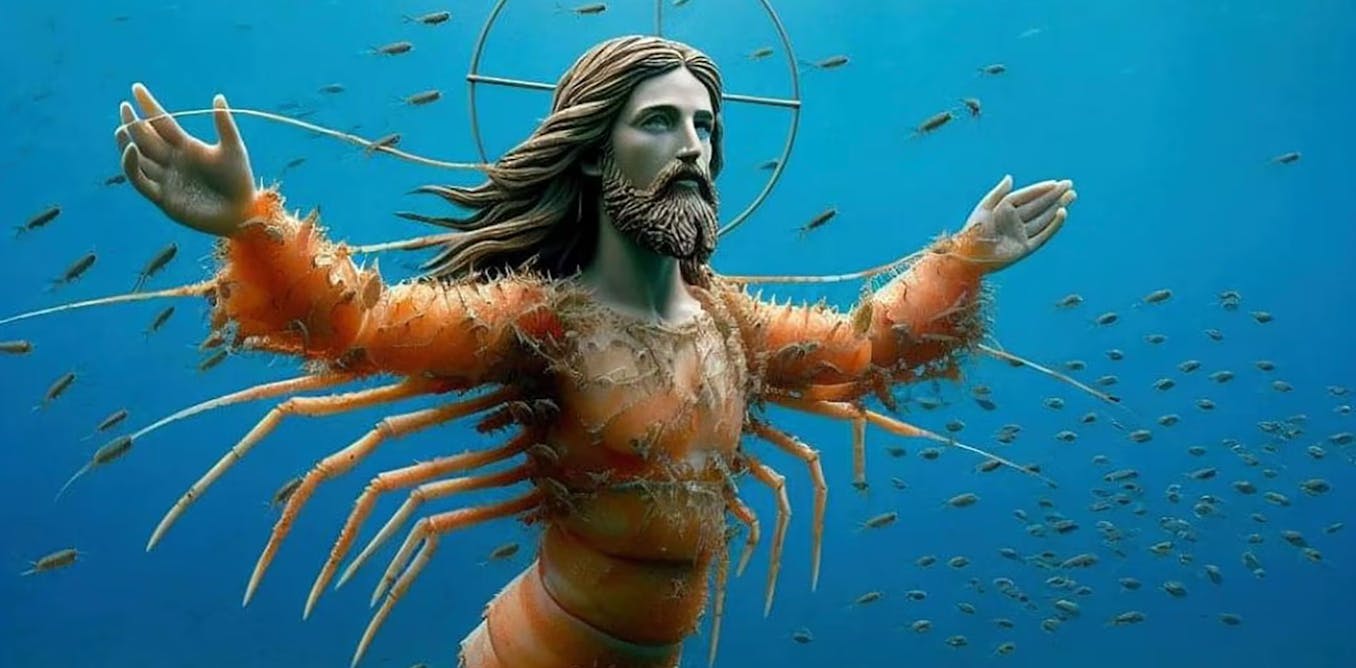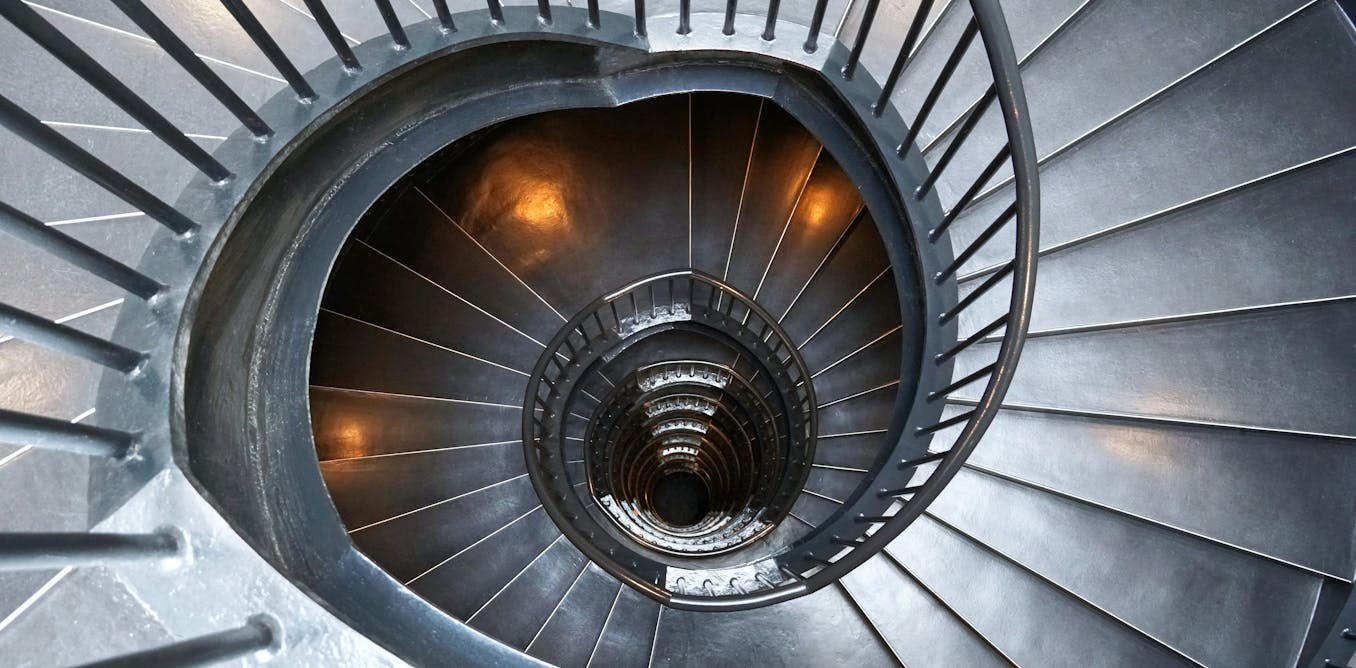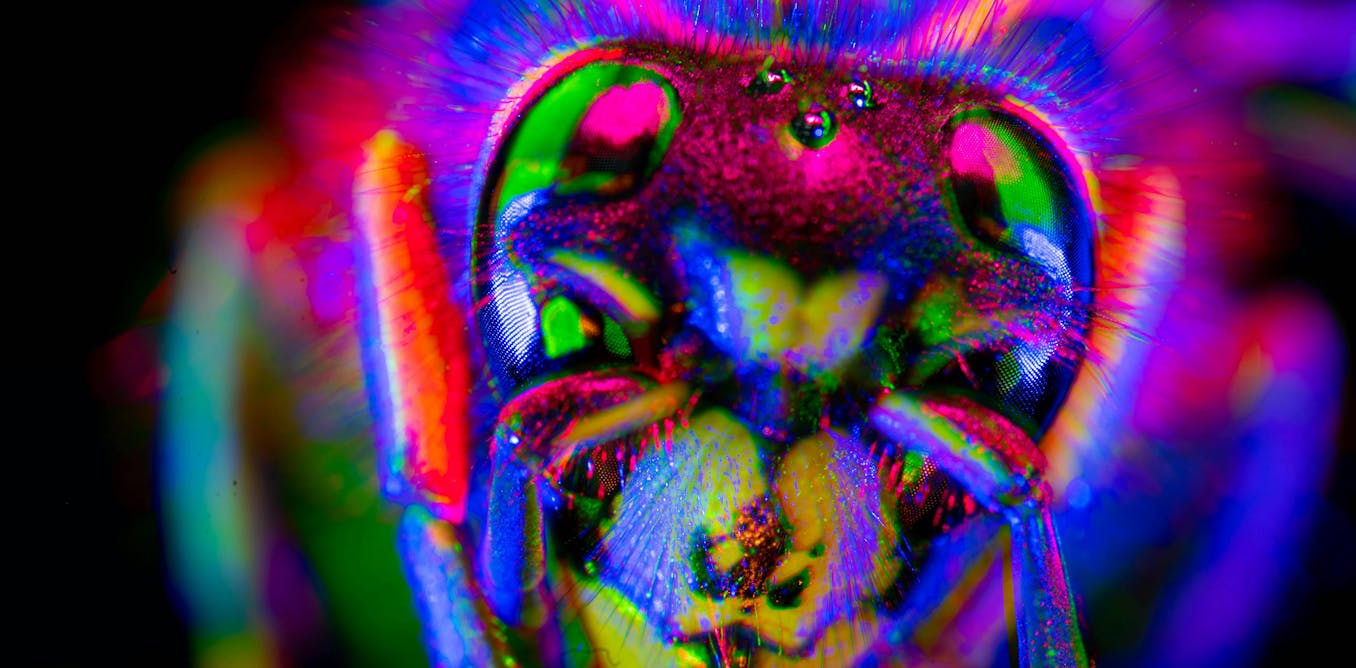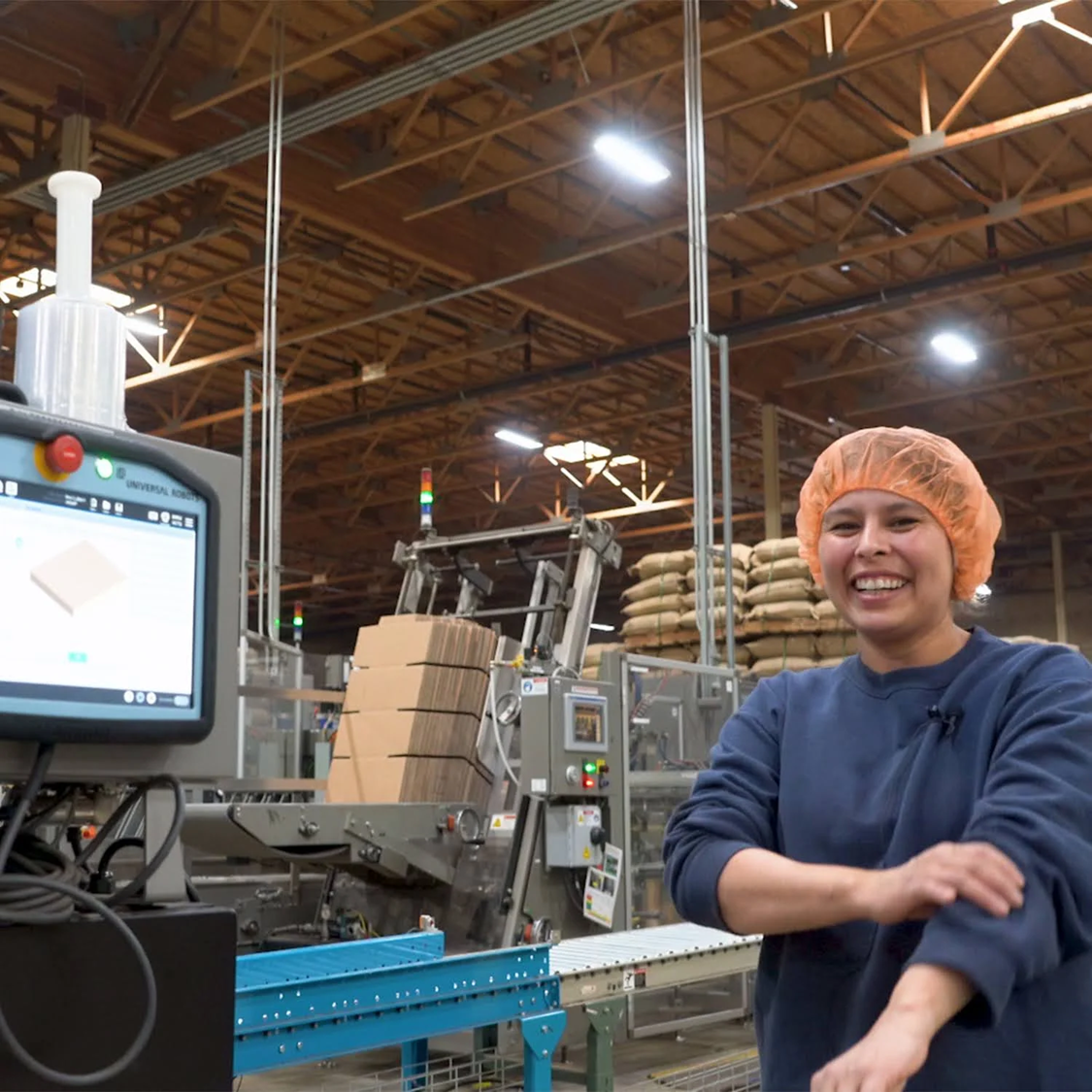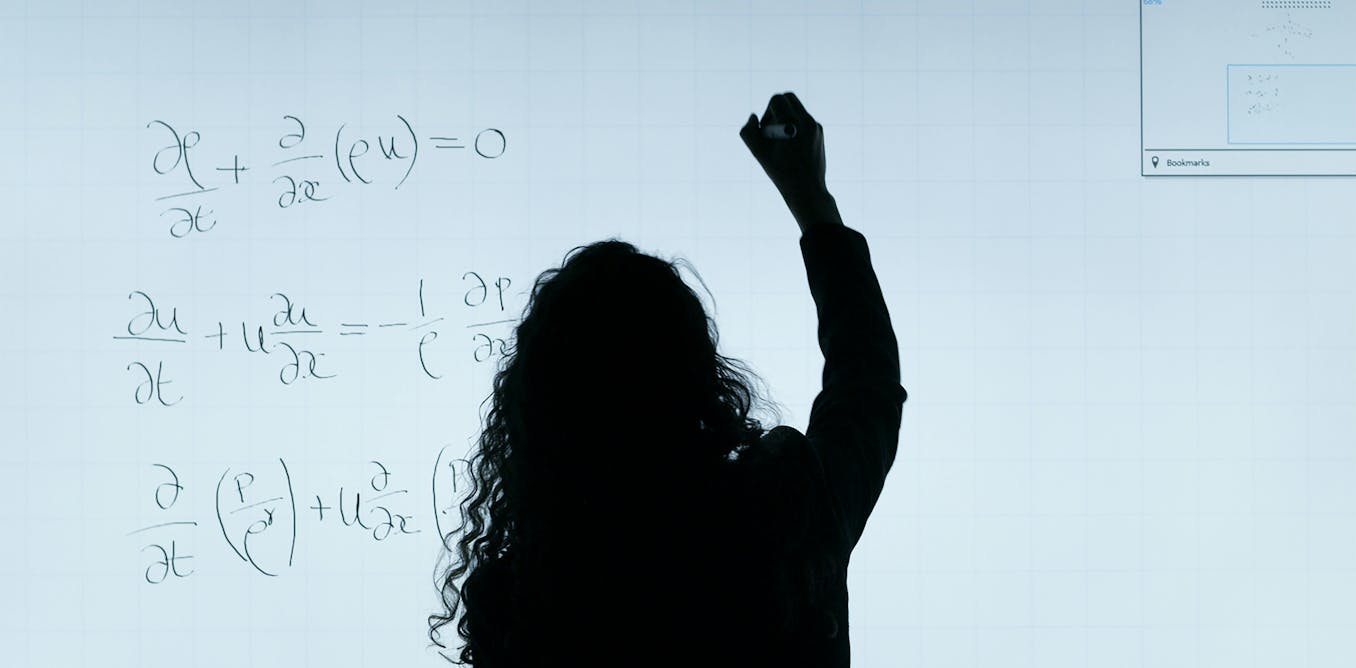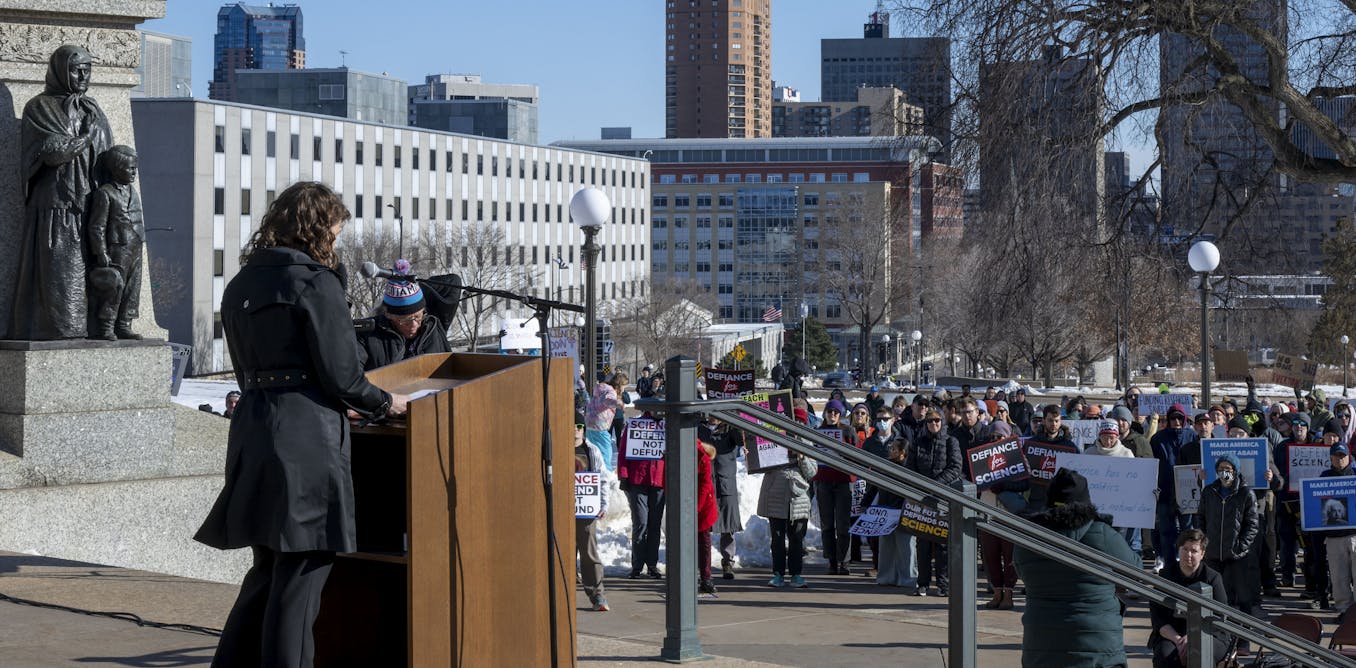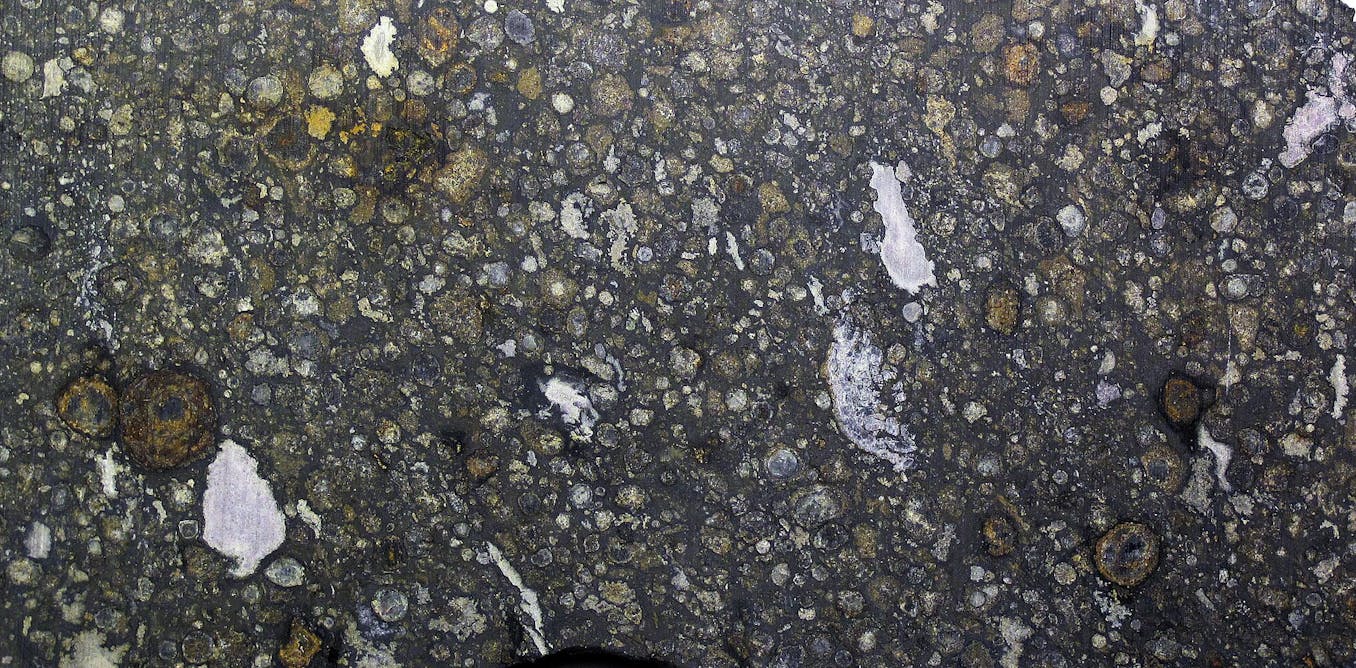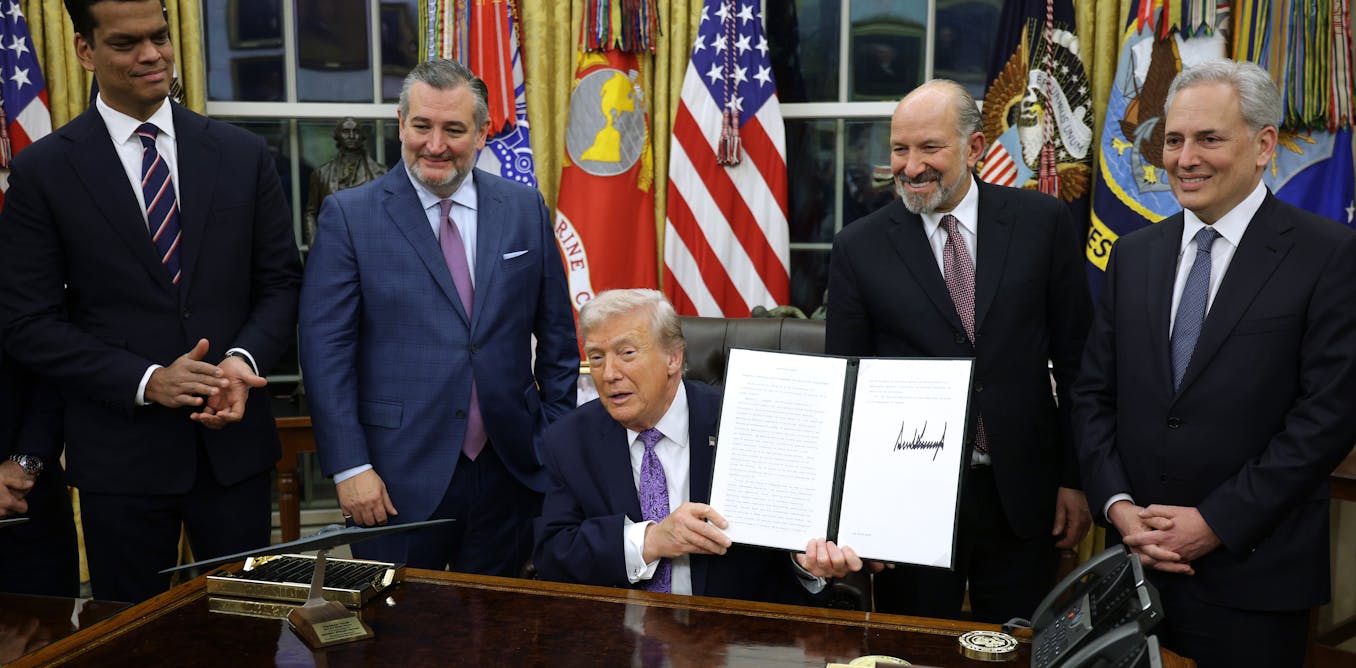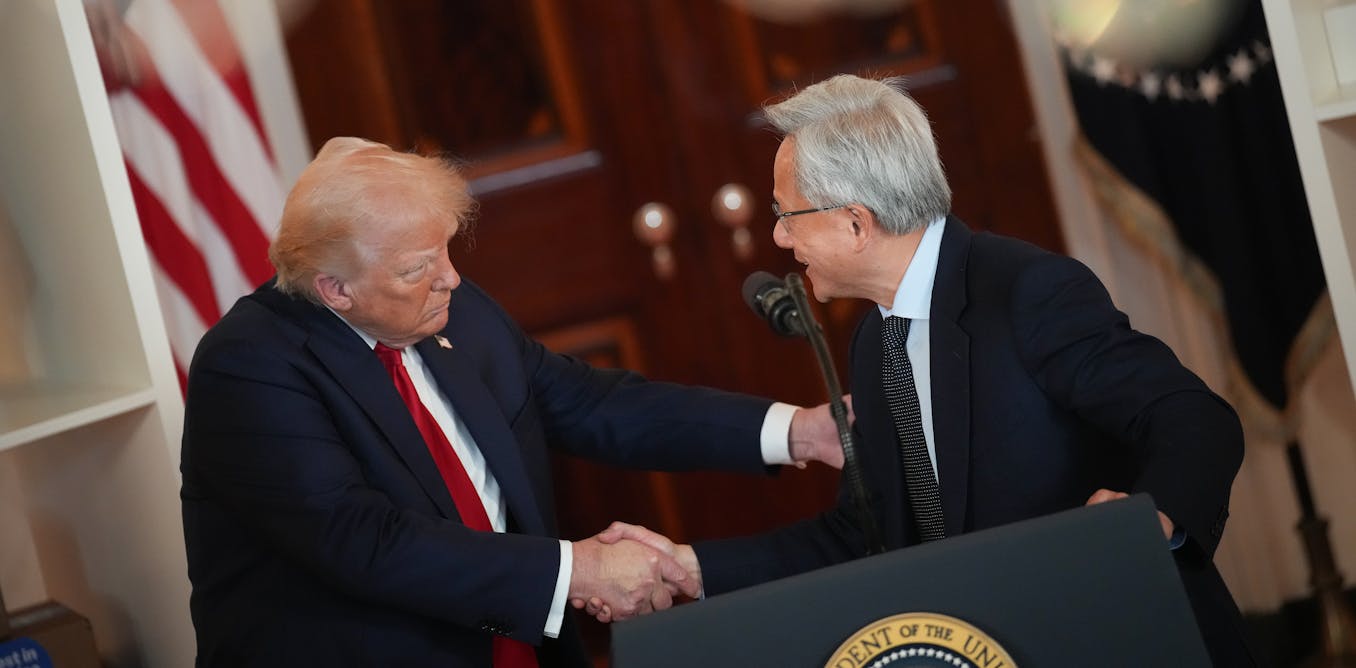The 2004 DARPA Grand Challenge was a spectacular failure. The Defense Advanced Research Projects Agency had offered a US $1 million prize for the team that could design an autonomous ground vehicle capable of completing an off-road course through sometimes flat, sometimes winding and mountainous desert terrain. As IEEE Spectrum reported at the time, it was “the motleyest assortment of vehicles assembled in one place since the filming of Mad Max 2: The Road Warrior.” Not a single entrant made it across the finish line. Some didn’t make it out of the parking lot.
Videos of the attempts are comical, although any laughter comes at the expense of the many engineers who spent countless hours and millions of dollars to get to that point.
So it’s all the more remarkable that in the second DARPA Grand Challenge, just a year and a half later, five vehicles crossed the finish line. Stanley, developed by the Stanford Racing Team, eked out a first-place win to claim the $2 million purse. This modified Volkswagen Touareg [shown at top] completed the 212-kilometer course in 6 hours, 54 minutes. Carnegie Mellon’s Sandstorm and H1ghlander took second and third place, respectively, with times of 7:05 and 7:14.
Kat-5, sponsored by the Gray Insurance Co. of Metairie, La., came in fourth with a respectable 7:30. The vehicle was named after Hurricane Katrina, which had just pummeled the Gulf Coast a month and a half earlier. Oshkosh Truck’s TerraMax also finished the circuit, although its time of 12:51 exceeded the 10-hour time limit set by DARPA.
So how did the Grand Challenge go from a total bust to having five robust finishers in such a short period of time? It’s definitely a testament to what can be accomplished when engineers rise to a challenge. But the outcome of this one race was preceded by a much longer path of research, and that plus a little bit of luck are what ultimately led to victory.
Before Stanley, there was Minerva
Let’s back up to 1998, when computer scientist Sebastian Thrun was working at Carnegie Mellon and experimenting with a very different robot: a museum tour guide. For two weeks in the summer, Minerva, which looked a bit like a Dalek from “Doctor Who,” navigated an exhibit at the Smithsonian National Museum of American History. Its main task was to roll around and dispense nuggets of information about the displays.
Minerva was a museum tour-guide robot developed by Sebastian Thrun.
In an interview at the time, Thrun acknowledged that Minerva was there to entertain. But Minerva wasn’t just a people pleaser ; it was also a machine learning experiment. It had to learn where it could safely maneuver without taking out a visitor or a priceless artifact. Visitor, nonvisitor; display case, not-display case; open floor, not-open floor. It had to react to humans crossing in front of it in unpredictable ways. It had to learn to “see.”
Fast-forward five years: Thrun transferred to Stanford in July 2003. Inspired by the first Grand Challenge, he organized the Stanford Racing Team with the aim of fielding a robotic car in the second competition.
In a vast oversimplification of Stanley’s main task, the autonomous robot had to differentiate between road and not-road in order to navigate the route successfully. The Stanford team decided to focus its efforts on developing software and used as much off-the-shelf hardware as they could, including a laser to scan the immediate terrain and a simple video camera to scan the horizon. Software overlapped the two inputs, adapted to the changing road conditions on the fly, and determined a safe driving speed. (For more technical details on Stanley, check out the team’s paper.) A remote-control kill switch, which DARPA required on all vehicles, would deactivate the car before it could become a danger. About 100,000 lines of code did that and much more.
The Stanford team hadn’t entered the 2004 Grand Challenge and wasn’t expected to win the 2005 race. Carnegie Mellon, meanwhile, had two entries—a modified 1986 Humvee and a modified 1999 Hummer—and was the clear favorite. In the 2004 race, CMU’s Sandstorm had gone furthest, completing 12 km. For the second race, CMU brought an improved Sandstorm as well as a new vehicle, H1ghlander.
Many of the other 2004 competitors regrouped to try again, and new ones entered the fray. In all, 195 teams applied to compete in the 2005 event. Teams included students, academics, industry experts, and hobbyists.
After site visits in the spring, 43 teams made it to the qualifying event, held 27 September through 5 October at the California Speedway, in Fontana. Each vehicle took four runs through the course, navigating through checkpoints and avoiding obstacles. A total of 23 teams were selected to attempt the main course across the Mojave Desert. Competing was a costly endeavor—CMU’s Red Team spent more than $3 million in its first year—and the names of sponsors were splashed across the vehicles like the logos on race cars.
In the early hours of 8 October, the finalists gathered for the big race. Each team had a staggered start time to help avoid congestion along the route. About two hours before a team’s start, DARPA gave them a CD containing approximately 3,000 GPS coordinates representing the course. Once the team hit go, it was hands off: The car had to drive itself without any human intervention. PBS’s NOVA produced an excellent episode on the 2004 and 2005 Grand Challenges that I highly recommend if you want to get a feel for the excitement, anticipation, disappointment, and triumph.

In the 2005 Grand Challenge, Carnegie Mellon University’s H1ghlander was one of five autonomous cars to finish the race.Damian Dovarganes/AP
H1ghlander held the pole position, having placed first in the qualifying rounds, followed by Stanley and Sandstorm. H1ghlander pulled ahead early and soon had a substantial lead. That’s where luck, or rather the lack of it, came in.
About two hours into the race, H1ghlander slowed down and started rolling backward down a hill. Although it eventually resumed moving forward, it never regained its top speed, even on long, straight, level sections of the course. The slower but steadier Stanley caught up to H1ghlander at the 163-km (101.5-mile) marker, passed it, and never let go of the lead.
What went wrong with H1ghlander remained a mystery, even after extensive postrace analysis. It wasn’t until 12 years after the race—and once again with a bit of luck—that CMU discovered the problem: Pressing on a small electronic filter between the engine control module and the fuel injector caused the engine to lose power and even turn off. Team members speculated that an accident a few weeks before the competition had damaged the filter. (To learn more about how CMU finally figured this out, see Spectrum Senior Editor Evan Ackerman’s 2017 story.)
The Legacy of the DARPA Grand Challenge
Regardless of who won the Grand Challenge, many success stories came out of the contest. A year and a half after the race, Thrun had already made great progress on adaptive cruise control and lane-keeping assistance, which is now readily available on many commercial vehicles. He then worked on Google’s Street View and its initial self-driving cars. CMU’s Red Team worked with NASA to develop rovers for potentially exploring the moon or distant planets. Closer to home, they helped develop self-propelled harvesters for the agricultural sector.

Stanford team leader Sebastian Thrun holds a $2 million check, the prize for winning the 2005 Grand Challenge.Damian Dovarganes/AP
Of course, there was also a lot of hype, which tended to overshadow the race’s militaristic origins—remember, the “D” in DARPA stands for “defense.” Back in 2000, a defense authorization bill had stipulated that one-third of the U.S. ground combat vehicles be “unmanned” by 2015, and DARPA conceived of the Grand Challenge to spur development of these autonomous vehicles. The U.S. military was still fighting in the Middle East, and DARPA promoters believed self-driving vehicles would help minimize casualties, particularly those caused by improvised explosive devices.
DARPA sponsored more contests, such as the 2007 Urban Challenge, in which vehicles navigated a simulated city and suburban environment; the 2012 Robotics Challenge for disaster-response robots; and the 2022 Subterranean Challenge for—you guessed it—robots that could get around underground. Despite the competitions, continued military conflicts, and hefty government contracts, actual advances in autonomous military vehicles and robots did not take off to the extent desired. As of 2023, robotic ground vehicles made up only 3 percent of the global armored-vehicle market.
Today, there are very few fully autonomous ground vehicles in the U.S. military; instead, the services have forged ahead with semiautonomous, operator-assisted systems, such as remote-controlled drones and ship autopilots. The one Grand Challenge finisher that continued to work for the U.S. military was Oshkosh Truck, the Wisconsin-based sponsor of the TerraMax. The company demonstrated a palletized loading system to transport cargo in unmanned vehicles for the U.S. Army.
Much of the contemporary reporting on the Grand Challenge predicted that self-driving cars would take us closer to a “Jetsons” future, with a self-driving vehicle to ferry you around. But two decades after Stanley, the rollout of civilian autonomous cars has been confined to specific applications, such as Waymo robotaxis transporting people around San Francisco or the GrubHub Starships struggling to deliver food across my campus at the University of South Carolina.
I’ll be watching to see how the technology evolves outside of big cities. Self-driving vehicles would be great for long distances on empty country roads, but parts of rural America still struggle to get adequate cellphone coverage. Will small towns and the spaces that surround them have the bandwidth to accommodate autonomous vehicles? As much as I’d like to think self-driving autos are nearly here, I don’t expect to find one under my carport anytime soon.
A Tale of Two Stanleys
Not long after the 2005 race, Stanley was ready to retire. Recalling his experience testing Minerva at the National Museum of American History, Thrun thought the museum would make a nice home. He loaned it to the museum in 2006, and since 2008 it has resided permanently in the museum’s collections, alongside other remarkable specimens in robotics and automobiles. In fact, it isn’t even the first Stanley in the collection.

Stanley now resides in the collections of the Smithsonian Institution’s National Museum of American History, which also houses another Stanley—this 1910 Stanley Runabout. Behring Center/National Museum of American History/Smithsonian Institution
That distinction belongs to a 1910 Stanley Runabout, an early steam-powered car introduced at a time when it wasn’t yet clear that the internal-combustion engine was the way to go. Despite clear drawbacks—steam engines had a nasty tendency to explode—“Stanley steamers” were known for their fine craftsmanship. Fred Marriott set the land speed record while driving a Stanley in 1906. It clocked in at 205.5 kilometers per hour, which was significantly faster than the 21st-century Stanley’s average speed of 30.7 km/hr. To be fair, Marriott’s Stanley was racing over a flat, straight course rather than the off-road terrain navigated by Thrun’s Stanley.
Across the century that separates the two Stanleys, it’s easy to trace a narrative of progress. Both are clearly recognizable as four-wheeled land vehicles, but I suspect the science-fiction dreamers of the early 20th century would have been hard-pressed to imagine the suite of technologies that would propel a 21st-century self-driving car. What will the vehicles of the early 22nd century be like? Will they even have four tires, or will they run on something entirely new?
Part of a continuing series looking at historical artifacts that embrace the boundless potential of technology.
An abridged version of this article appears in the February 2025 print issue as “Slow and Steady Wins the Race.”
References
Sebastian Thrun and his colleagues at the Stanford Artificial Intelligence Laboratory, along with members of the other groups that sponsored Stanley, published “Stanley: The Robot That Won the DARPA Grand Challenge.” This paper, from the Journal of Field Robotics, explains the vehicle’s development.
The NOVA PBS episode “The Great Robot Race” provides interviews and video footage from both the failed first Grand Challenge and the successful second one. I personally liked the side story of GhostRider, an autonomous motorcycle that competed in both competitions but didn’t quite cut it. (GhostRider also now resides in the Smithsonian’s collection.)
Smithsonian curator Carlene Stephens kindly talked with me about how she collected Stanley for the National Museum of American History and where she sees artifacts like this fitting into the stream of history.

The post “The Starting Line for Self-Driving Cars” by Allison Marsh was published on 02/01/2025 by spectrum.ieee.org


